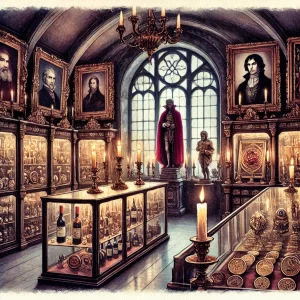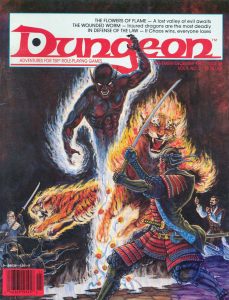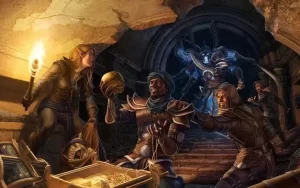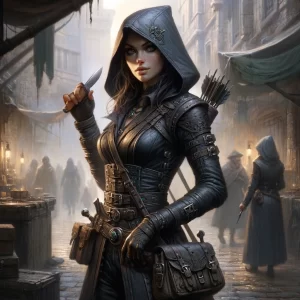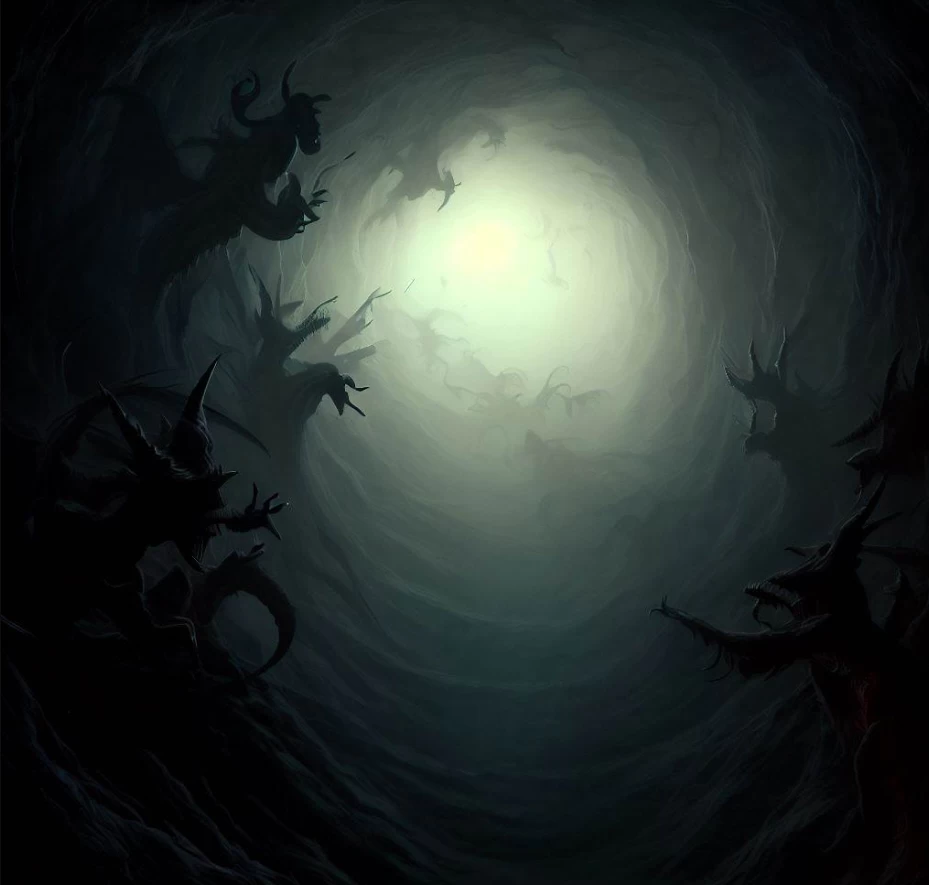
Whose Who in Hell?
In the macabre tapestry of the afterlife known as Hell, where the souls of the lawful evil are forever bound, the landscape is a grotesque inversion of the celestial heights of Heaven, resembling a colossal mountain turned upside down. This abysmal realm, widely referred to as the Pit, descends through nine distinct circles, each a domain of torment and despair, varying from seething infernos and tumultuous seas to desolate icy wastes.
At the helm of this infernal hierarchy is Asmodeus, the Lord of the Ninth Circle. His reign is absolute, a dark monarch whose decree is unchallenged, the Adversary of all that embodies goodness. Under his dominion, each circle of Hell is governed by a powerful archdevil, each unique in their dread and governance, collectively upholding the malice that permeates this plane.
The First Circle of Hell is ruled by Baal, a formidable general whose legions are the most numerous. While his might could easily be perceived as a threat to his peers, Baal's energies are primarily focused outward, battling the eternal enemies of Hell-demons and celestials-thereby safeguarding his dominion rather than plotting for supremacy.
Dispater, the overseer of the Second Circle, epitomizes cunning and circumspection. From his ironclad bastion of Dis, the most fortified city in Hell, he watches and waits. Known for his slow, deliberate nature, when Dispater chooses to unleash his forces, it is with overwhelming and decisive brutality.
The third overseer, Mammon, is the epitome of avarice. Never satisfied with his considerable holdings, he is perpetually scheming to annex more territories, frequently bringing him into conflict with other archdevils, particularly Belial. These conflicts are fierce and enduring, yet inconclusive, perpetuating a cycle of strife and tension.
Belial, the ruler of the Fourth Circle, is a master manipulator and perhaps the most adept liar in Hell, second only to Asmodeus himself. Once a celestial of significant stature, his fall from grace has not dampened his aspirations or influence, positioning him as a key player in the infernal politics.
Leviathan, the titanic Lord of the Fifth Circle, commands a domain as vast as his form. Legends circulate of the catastrophic consequences should he ever escape his watery prison, suggesting that his containment is as much for Hell's safety as it is for the multiverse's.
Lilith, who governs the Sixth Circle, is a figure of seduction and iron will. Often underestimated due to her gender, she has repeatedly proven such biases to be deadly mistakes for her detractors. Her ambitions reach beyond the confines of Hell, dreaming of powers that could surpass even those of Asmodeus.
Beelzebub, the Seventh Circle's ruler, known colloquially as the Lord of Flies, harbors a bitter enmity towards Mephistopheles, leading to perpetual conflict. This feud serves Asmodeus well, keeping them too entangled with one another to pose any credible threat to his reign.
Mephistopheles, the cold and calculating lord of the Eighth Circle, sees himself as the rightful heir to the throne of Hell. Believing his ascension is inevitable, he schemes to overthrow Beelzebub as a stepping stone to challenge Asmodeus himself, a dangerous ambition that could either elevate him to supreme power or lead to his utter ruin.
The 9th Level of Hell
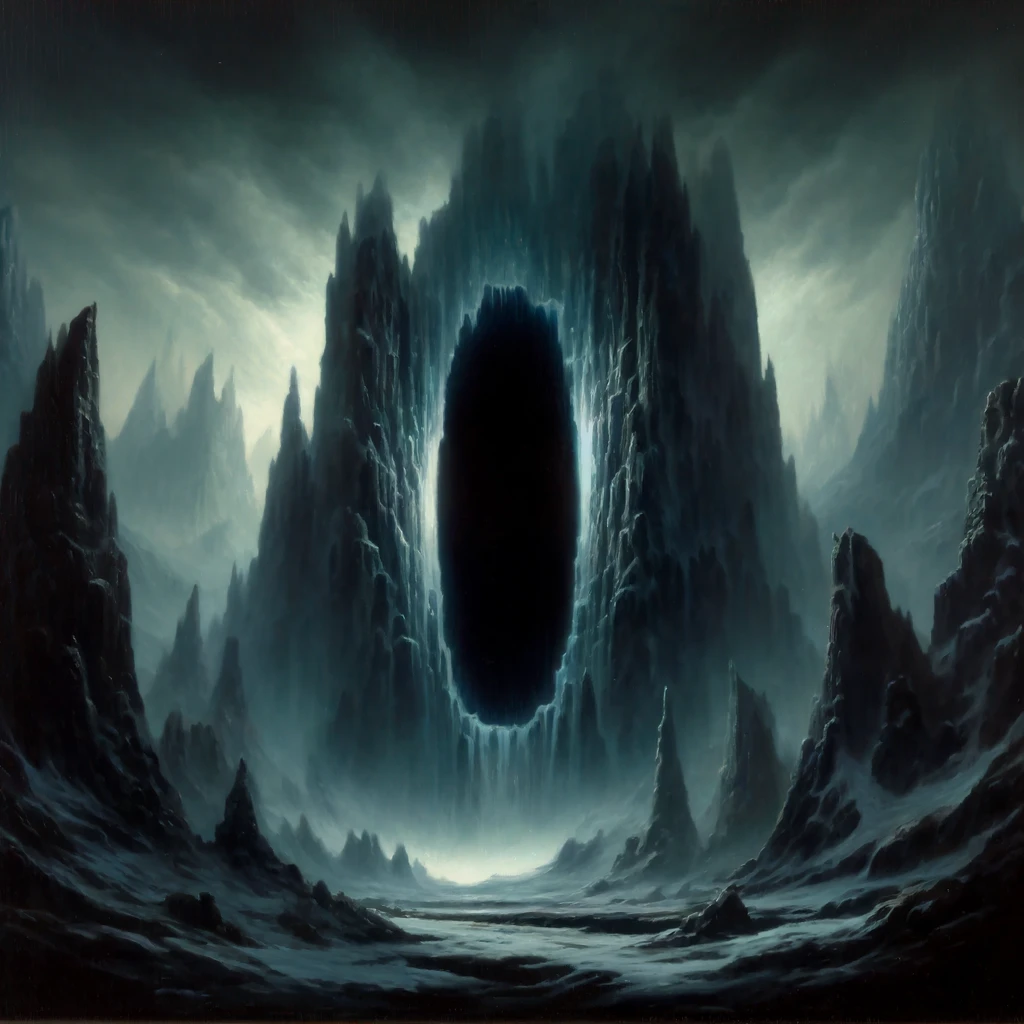
The Ninth Circle of Hell, under the iron-fisted rule of Asmodeus, stands as the most dreaded and formidable realm within the infernal hierarchy. Asmodeus, the King of Hell and the quintessential embodiment of lawful evil, presides over this deepest layer with a mastery unchallenged by any other being in Hell. His reign is not merely one of power but also one steeped in ancient mystery and fearsome authority.
This circle is often depicted as the ultimate prison, where the greatest of betrayers and sinners suffer eternal punishments. It is a place so devoid of hope and so filled with despair that even the other archdevils treat it with a mix of reverence and dread. The landscape itself mirrors this despair, often described as a frozen wasteland where the cold bites into the soul, locking everything in a still, oppressive silence that speaks louder than any scream could.
The lore surrounding Asmodeus paints him as more than just another devil; some believe him to be a god-like figure, a being whose origins predate the known multiverse. Legends whisper of his fall from a more celestial state, suggesting that his power and knowledge are far beyond those of his peers. Such myths make him a subject of both fear and veneration, as he embodies the ultimate adversarial force against the cosmic order and the celestial realms.
Within his frozen domain, Asmodeus weaves plots that span the cosmos, manipulating events to his favor with a subtlety and depth that none can fully comprehend. His court is a den of intrigue and conspiracy, where lesser devils and damned souls vie for his favor, though he is always several steps ahead of their machinations.
The Ninth Circle is also central to the lore of Hell's structure and function, acting as the core from which all infernal energy flows. Asmodeus's control over this circle ensures his control over Hell itself, reinforcing his position as the ultimate ruler of the damned and the architect of infernal destiny.
Thus, the Ninth Circle of Hell stands not merely as a location but as a culmination of all the dread and awe that Hell inspires-a symbol of ultimate authority and dark majesty in the infernal realms, ruled by a being whose very name invokes both reverence and terror.
Together, these lords of Hell weave a complex web of alliances, betrayals, and unending strife, each driven by their dark natures and the overarching will of Asmodeus. Hell, as they govern, remains a realm of horror and eternal damnation, a stark warning of the fate that awaits those swayed by the darkest temptations.
Hierarchy of the Infernal
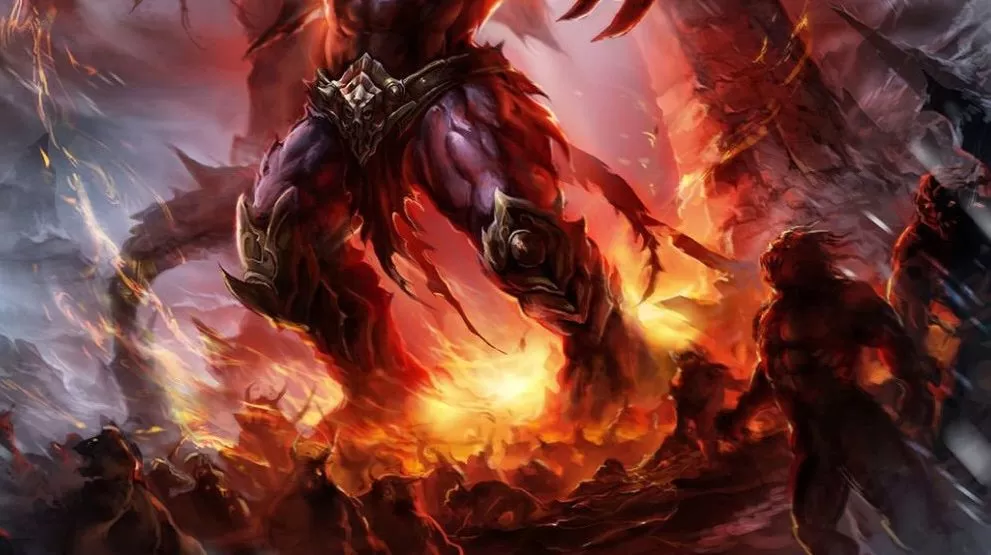
The intricacies of Hell's political landscape are as enigmatic as they are treacherous, barely comprehensible to the mortal mind. At its core, Hell operates under a feudal system where Asmodeus reigns supreme as the King of Hell. Beneath him, the eight archdevils serve as his primary vassals, each presiding over their respective dominions with a complex network of infernal nobility.
These lords of Hell each maintain a grand court teeming with an elaborate hierarchy of dukes, counts, marquises, and barons. The structuring of these nobles varies from one archdevil's court to another, leading to a labyrinth of titles and ranks that confound even the most astute scholars of the infernal realms. This complexity is further compounded by the devils' affinity for using multiple names and titles, making the task of mapping out the infernal hierarchy a daunting one.
Below the echelons of the nobility lie the common devils, ranging from the lowly lemures to the formidable pit fiends. These lesser devils exist primarily to serve the whims and warfares of the higher powers. They are the foot soldiers, the tools, and sometimes even the sustenance within the diabolical feudal system. Every devil, regardless of its initial lowliness, is driven by an insatiable urge to ascend within the hellish order. Ambition in Hell is pursued through nefarious means: murder, blackmail, and deceit are but standard practices for those seeking elevation.
Upon achieving nobility, a devil undergoes a transformation, gaining a new form and, for the first time, a sense of individuality. This newfound status is a significant metamorphosis, marking a devil's rise from the faceless masses to a figure of power and autonomy. The most distinguished among these infernal nobles are granted the privilege to serve directly under the archdevils, commanding legions of lesser devils and wielding considerable influence over their lesser kin.
Thus, the political machinations within Hell are a perpetual, vicious cycle of treachery and ambition, where status is both the greatest shield and the most potent weapon.
The Devils in Your World
Devils are not uncommon visitors to the Prime Material Plane, finding their way through either the use of a plane shift spell or via portals that bridge the vast distances between realms. The baatezu, as these devils are known, pursue myriad objectives during these excursions, the most critical of which is the seduction of mortals into evil-a task at which they excel. Beyond their machinations of temptation, devils are also consummate warriors, and the Prime serves as one of their most significant arenas of conflict.
In their ceaseless combat, devils engage multiple adversaries. They battle against the celestial forces of Heaven, their eternal foes from the Abyss-the demons, and even amongst themselves. The complex and ever-shifting politics of Hell frequently spill over into the mortal realm, manifesting as ferocious internecine conflicts that can escalate into proxy wars fought on the Prime.
Gateways directly connecting the Prime to Hell are exceptionally rare and typically require a more winding journey through various planes to navigate. These known portals are heavily fortified. At one end, one might find paladins and powerful clerics standing guard, while the other is often crawling with devils, each side poised for eternal opposition.
Despite their diversity, all devils share certain innate traits. They possess immunities to fire and poison, demonstrating their infernal resilience. Additionally, their resistance to cold and acid is formidable, often rating at 20 on scales of such measurements. In terms of sensory capabilities, devils boast the ability to see flawlessly in darkness, including that which is conjured by magical means such as deeper darkness spells.
Telepathically adept, baatezu (with the exception of the lowest ranks, such as lemures) can communicate with any creature within a hundred feet that is capable of language. This telepathic ability facilitates their manipulative endeavors, allowing them to weave their deceit and temptations without the need for verbal communication. Language-wise, unless specified otherwise, all devils are fluent in Infernal, Celestial, Common, and Draconic, making them versatile and formidable opponents in both physical and psychological warfare.

